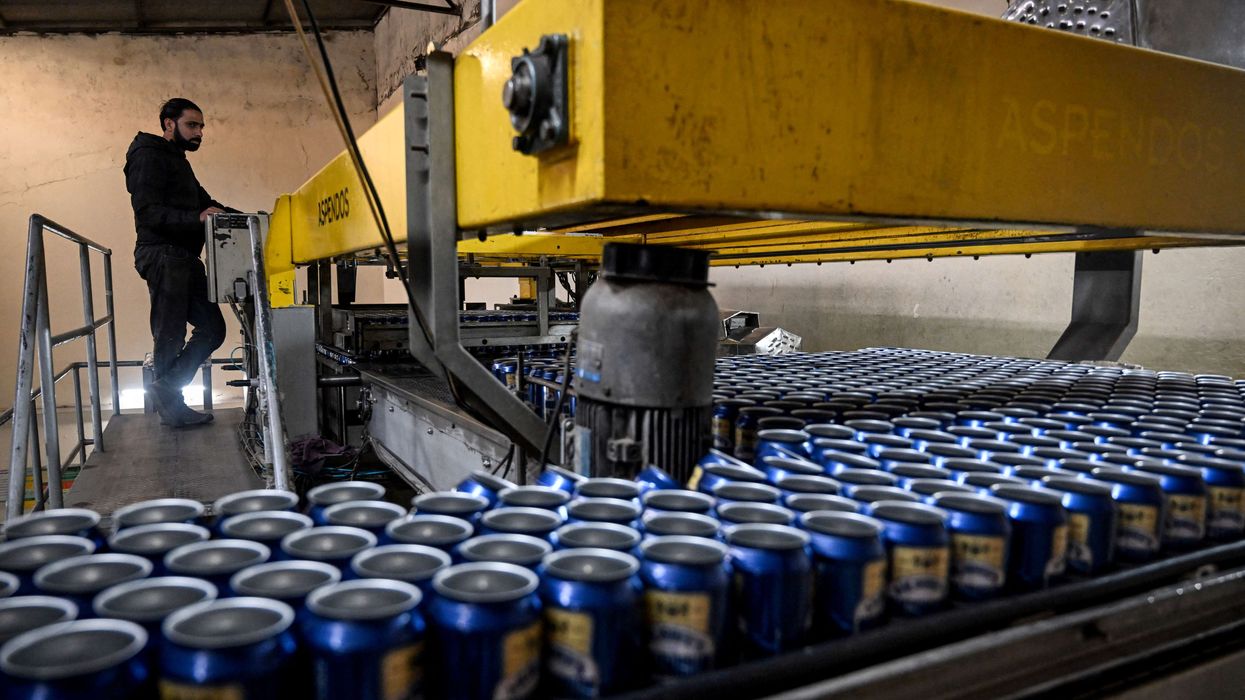FARMERS in India are gathering in the largest rice crop in history, which promises record exports, while making sure to keep up their longest-running protest, set to turn a year old next month.
The sit-in against controversial agriculture reforms is taking place in New Delhi.
"We'll not budge until the government rolls back the laws," said Sukrampal Beniwal, a farmer in Haryana, referring to three measures the farmers, demonstrating by the tens of thousands in the capital, say will threaten their livelihoods.
Farmers in the breadbasket state have joined hands to bring in the mammoth crop and make sure that every time a group sets off to harvest rice, a similar number leave to join the protest on the outskirts of New Delhi, Beniwal said.
"Because of our camaraderie, we have quite successfully dealt with the two competing challenges: managing the protest against legislation and harvesting a big crop," he added.
Introduced in September 2021, the legislation deregulates the agriculture sector, letting farmers sell produce to buyers beyond government-regulated wholesale markets, where growers are assured of a minimum price.
While small farmers say the changes make them vulnerable to competition from big business, and threaten the eventual loss of price support, the government says the reforms will bring them new prospects and better prices.
Yet, with global food prices near-decade highs after a surge of 30 per cent in rates for cereals over the past year, India's problem of plenty also offers a dazzling opportunity.
The new harvest will boost exports to help the South Asian nation cement its status as the dominant supplier of the world's most critical grain, traders say.
"Indian prices are very attractive at a time when demand is rather strong from many buyers, including China and a clutch of countries in Africa," said Aditya Garg, a leading exporter of the grain.
"In fact, for non-basmati rice, many Indian exporters have received orders from a lot of new buyers in Egypt, Sudan, Tanzania and Iran."
Coming at a time of flat output in traditional export powerhouses Vietnam and Thailand, the higher supply will let New Delhi offer more competitive rates to undercut any rivals.
Output of summer-sown rice in 2021/22 will hit a record 107.04 million tonnes, the farm ministry says, while combined output of summer and winter rice will hit 125 million, or about 24.5 per cent of global rice output, its largest ever.
Coupled with upgraded export facilities, that volume will allow India to repeat, or even surpass, last year's record export tally of 20 million tonnes, filling growing demand for the staple from buyers across Asia, Africa, and the Middle East.
India is selling 25 per cent broken rice, a non-basmati variety preferred by most overseas buyers, at $345 a tonne on a free-on-board basis compared to $360 offered by Thailand, the world's second-biggest rice exporter, dealers said, with some cargoes even sold at $320 a tonne.
Rice is India's biggest foreign exchange earning farm commodity, with shipments worth $8.82 billion in the fiscal year that ended in March 2021, government figures show.
Until two seasons ago, India's annual rice exports averaged about 11 million to 12 million tonnes.
But shipments soared to 20 million tonnes for a record share of 40.7 per cent of global trade last season, data from the US department of agriculture (USDA) shows, after growing problems in Southeast Asia pushed up the prices of rivals to make Indian non-basmati shipments attractive to hungry global buyers.













